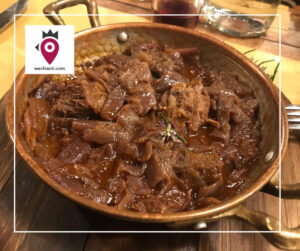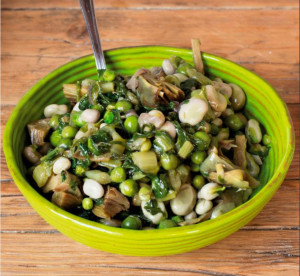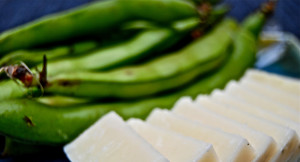Articolo disponibile anche in: Italian
The elegant and suggestive Tuscan (and Chianti) countryside is the refined expression of an equilibrium between a rough and essential farm life with an actual “working” home and elegant showy estates.
The harmony between the landscape and architecture developed slowly, year by year, and reflects the eternal dispute between Siena and Florence who fought for the lands between the clash of arms and strokes of the paintbrush for centuries.
The first manor-like country houses originated during the Middle Ages in the form of castles and fortified homes, due to the political and militare instability of the two cities.
Back then, Tuscany was continually vexed by invasions, wars and sickness, an unstable and insecure powder keg, where there were often battles for a small piece of land and the city borders changed daily.
They say that “Chianti” owes its name to the clash of arms heard between Florence and Siena. In 1260, the Battle of Monteaperti marked the greatest victory of the Sienese over the Florentines, cited by Dante in Canto X of “Inferno” (“lo strazio e ‘l grande scempio / che fece l’Arbia colorato in rosso”), but only a few decades afterwards, the Florentine Guelphs had regained supremacy.
In the meantime, in Florence, the Italian language was being refined through the works of the three fathers of the language, Dante, Petrarca e Boccaccio, and Siena, especially during the 1300s, was living an unequaled artistic splendor.
A few decades afterwards, Florence filled the history pages with the art of the Renaissance. With arms deposed – Florence definitively conquered Siena in 1555 – the country became architectonically rich with more refined structures, including magnificent Medici villas, sumptuous coundtry residences built during the hegemony of the Medici family in Florence.
The 1700s and 1800s then contributed to decorating the countryside with graceful neo-classical villas. Today, looking over all at these villas, although with different architectural styles depending on the era in which they were built, we see a harmonious and common definition of the most stately beauty: they are often reached by sinuous unpaved roads flanked by cypresses leading to a magnificent wrought iron main entrance.
The gardens are geometic and calming. The limonaia carry the scent of lemon blossoms. All around are woods of oaks, chestnuts and holms, often part of hunting reserves which isolate the majestic properties.
Inside we find precious and refined furnishings, made by hand in wrought iron, with brocade drapes and fabrics in linen and cotton, high ceilings, ballrooms, enormous fireplaces with engraved family crests, floors of Carrara marble and terracotta from Impruneta, and stone staircases.
Elegant country life includes administering your own agriculture holdings, above all the noble vineyards and olive groves. Hunting is often a real passion, with pheasant, wild rabbit and willd boar at the top of the list.
Sometimes, the villas are simply a meeting place to find good air and enjoy the laziness and pleasures of country life, above all, good food.
The villa kitchen has assumed familiar traits over the centuries, which distinguish it from the “poor” food of the farming families. In fact, the country villa’s menu is made up of rich and sought after ingredients, like game, the best cuts of meat and a variety of spices.
The preparation, often long and complicated, is trusted to the women, who elaborate family recipes sent down from generation to generation with a homemade touch. The food is presented in the best ceramics and laid on the most elegant table settings…
Francesco Sorelli – My Tales of Tuscany


